The benefits of working from home are numerous. There’s no dreaded commute to deal with, no stuffy business attire to deal with, and you can better accommodate the needs of your family.
However, despite the numerous advantageous of telecommuting, there’s one major downside: noise.
Whether you work from home on a regular basis or part-time, noise can be a major distraction. Children playing, dogs barking, TVs blaring; all of that noise can make it hard to take phone calls, attend virtual meetings, and just concentrate on the tasks at hand.
With a few supplies and some simple changes, you can drastically reduce the unwanted noise that pours into your home office and create a more favorable work environment through soundproofing.
Before we dive into the different ways to soundproof your home office, it’s important to discuss the different types of sound. There are two main types of noise and knowing the difference between the two will allow you to determine which soundproofing methods will work the best for you.
The first type of noise is referred to as airborne noise; examples include speaking, television, and music. So, when you hear your kids playing outside of your home office or TV from another room, you’re hearing airborne noise.
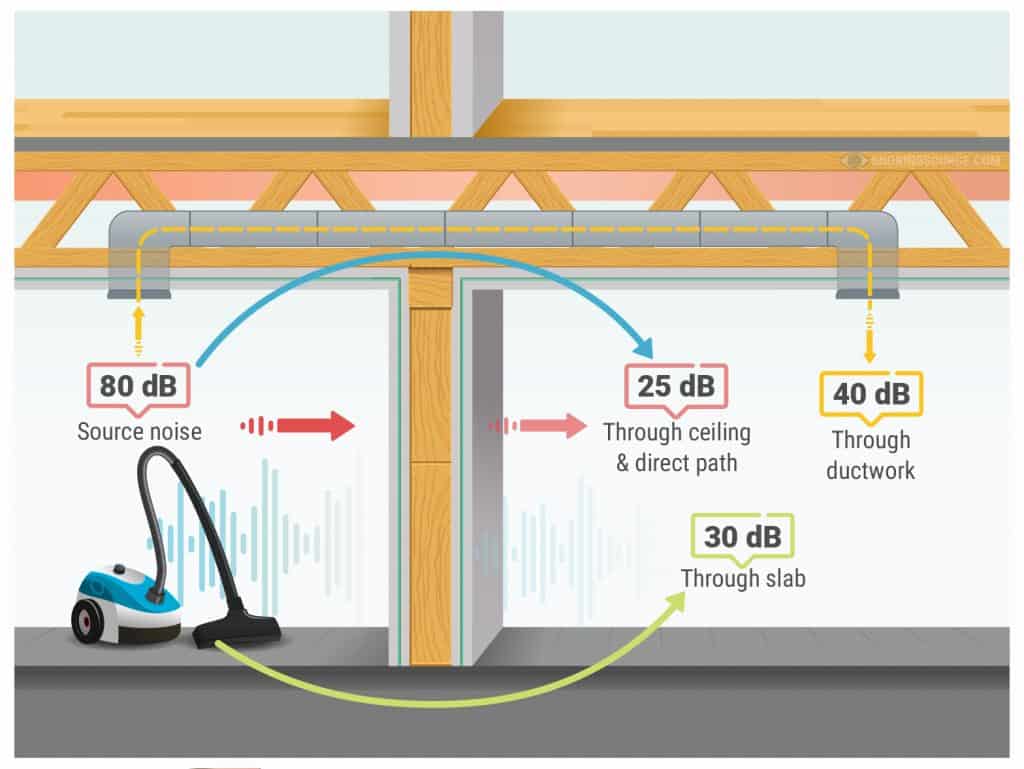
This type of sound occurs when sound waves from an action – speaking, for instance – travel through the air and the sound waves crash into a solid object. That collision causes vibrations, which results in noise.
The second type of noise is known as structure noise. This type of noise occurs when an object impacts with a structure. The impact of the object results in a vibration that produces sound waves, and those sound waves travel through the structure that the object collides with; hence why you can hear footsteps walking on the floor above you or a ball being thrown into an adjacent wall.
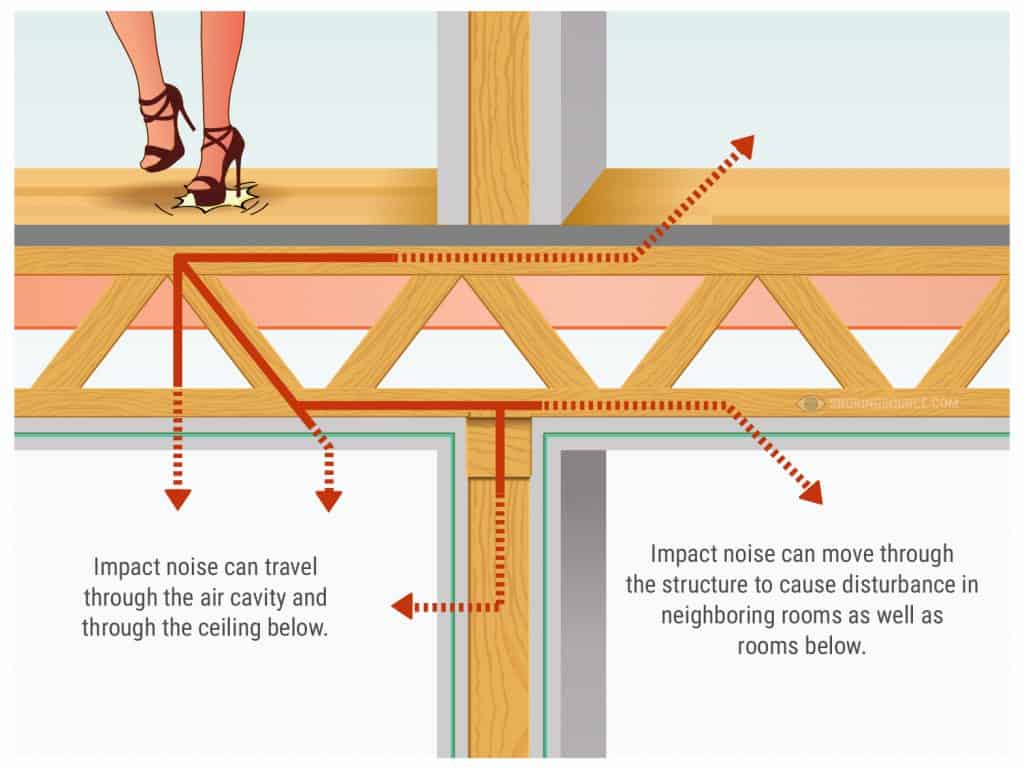
In regard to a home office setting, both types of sound can be problematic. Therefore, depending on your setup, you may need to employ a variety of tactics that are intended to deflect both airborne and structural noise.
There are a variety of techniques you can use to reduce the unwanted noise that’s pouring into your home office. By employing a combination of these strategies, you can create a virtually silent space so you can focus on your work.
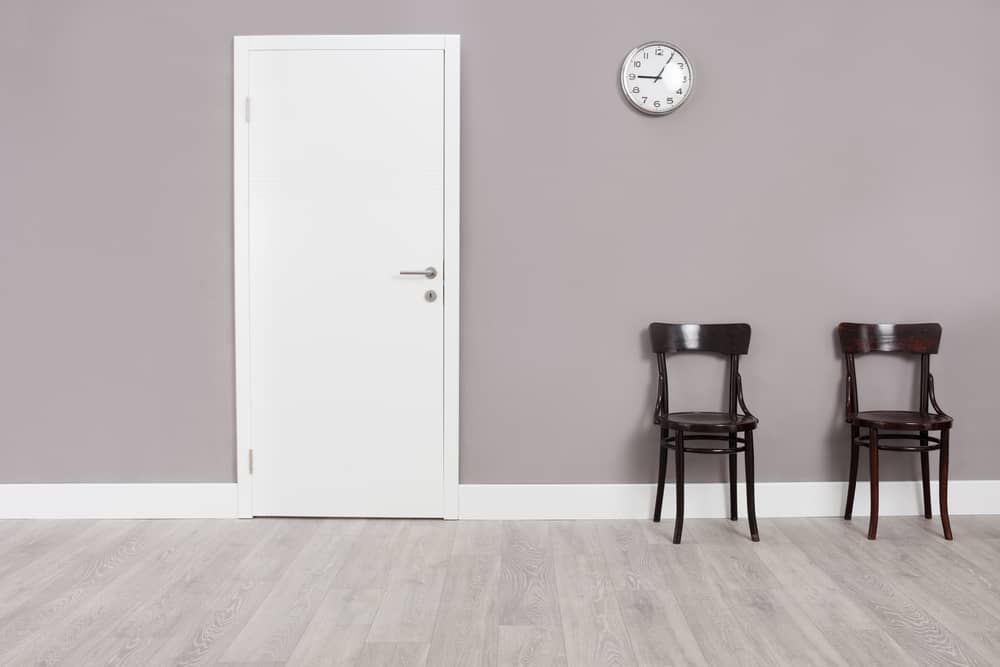
If closing the door to your office does little to eliminate distracting noise, try soundproofing the door. Install weather stripping along the bottom of the door to prevent airborne noise from traveling through the gap.
Alternatively, you can slip a door sweep on the bottom of the door. In addition to cutting down that unwanted noise, this strategy can also help to improve the comfort of your office, as it can block out drafts and prevent heat from escaping.
Another soundproofing option: If your existing door is hollow, replace it with a solid-core door. Solid doors are much more effective at absorbing sound than their hollow counterparts.
In most homes, interior doors are hollow, but if you aren’t sure if the door is hollow or solid, knock on it. If it sounds like you’re knocking on a thick piece of wood, you have a solid-core door; however, if it sounds empty inside, the door is hollow.
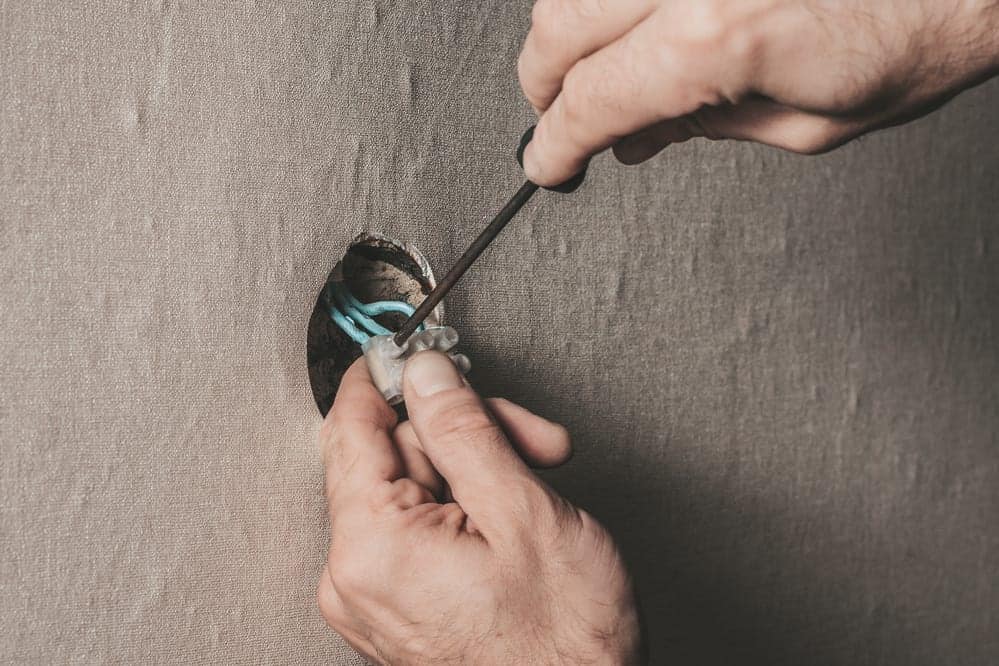
It might seem like the walls in your office are solid, but you may be surprised to find that several small holes actually exist.
For example, if cable wires run through a wall from the adjoining room, those cables are fed through a hole in the wall. Though the holes may be small, but airborne noise can easily travel through them; if there are a collection of holes, they can be a source of a significant amount of unwanted sound.
Inspect your walls to check for any holes. If you find any, plug them up. If wires are fed through any holes, cut pieces of sound proofing foam or insulation and stuff them into the holes around the wires. If the holes are empty, seal them up completely. For larger holes, use sheet-rock to close them up; smaller holes can be sealed with a bit of tape and spackle.
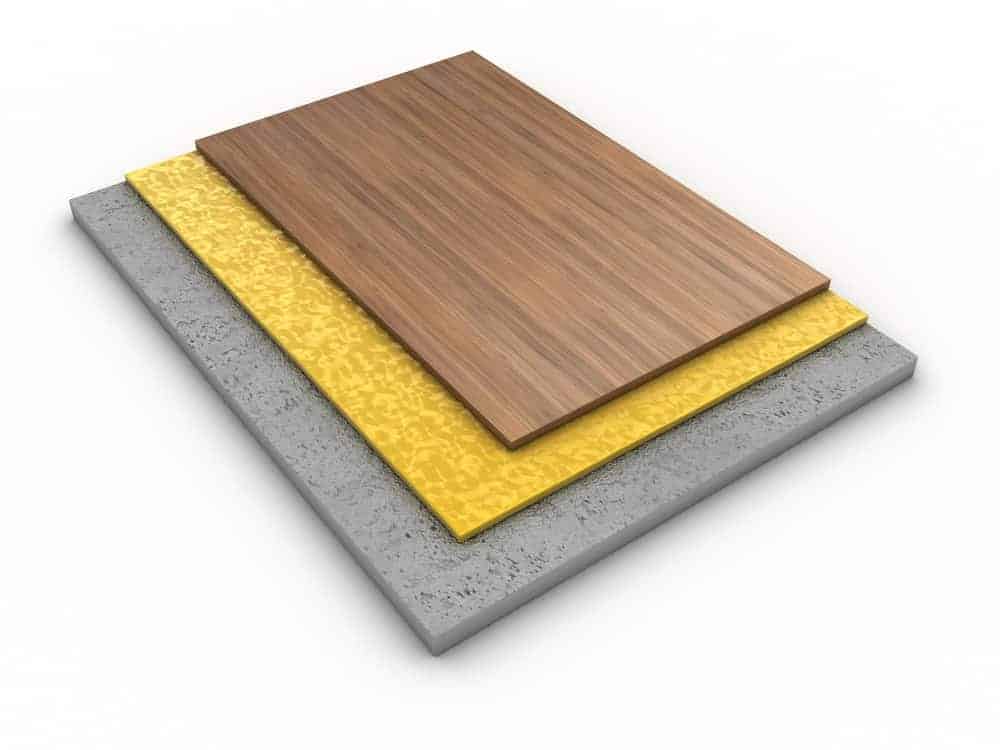
If your home office is located on an upper floor – above a garage, your family’s den, or your kid’s playroom, for example – and noise from below is seeping into the space, soundproof the floor.
If you have the ability to install new flooring, make sure to lay soundproofing underlayment before putting in the new floor. There are several types of soundproofing underlayment for floors.
Options include mass load vinyl (MLV), which is suitable for tile, wood, and laminate floors, while soundproof padding is ideal for carpets. The underlayment will help to absorb and/or deflect structural noise.
If you’re unable to install new flooring, try covering the floor with thick area rugs; the thicker the rugs, the better. Cover up as much of the floor as you possibly can. Doing so will create a sound-absorbing cushion, so-to-speak, that will help block out distracting noise from below.
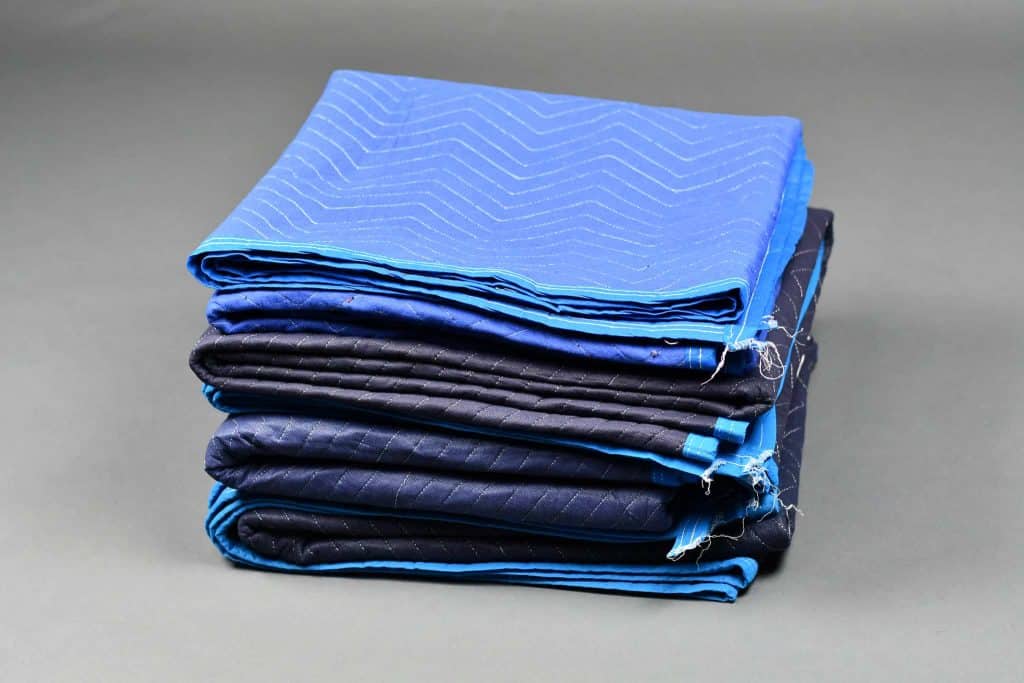
Soundproofing blankets are an easy and affordable way to block out unwanted noise. These blankets are thicker than a standard blanket and are made of materials that absorb sound.
Hang soundproofing blankets along the walls. Install them like wallpaper, using nails or adhesive to secure them in place. If you want to be able to easily remove the blankets, use tacs to hold them in place, or install curtain rods along the walls and drape the blankets over them.
You can also use soundproofing blankets to prevent noise from entering through the door. Drape a blanket on the back of the door, attach it with nails or adhesive, and cut off any excess material.
This technique can significantly reduce bothersome noise; plus, depending on the type of blankets you purchase, they can add some visual appeal to the space.
While working from home is certainly rewarding for a number of reasons, there’s one downside that many telecommuters experience: unwanted noise.
By using the above-mentioned strategies, you can drastically reduce sounds that are pouring into your office and disturbing you from your work. Once your home office is soundproofed, you will be able to enjoy a quieter and more productive home work environment.

Snoringsource.com is a participant in the Amazon Services LLC Associates Program, an affiliate advertising program designed to provide a means for website owners to earn advertising fees by advertising and linking to amazon(.com, .co.uk, .ca etc) and any other website that may be affiliated with Amazon Service LLC Associates Program.